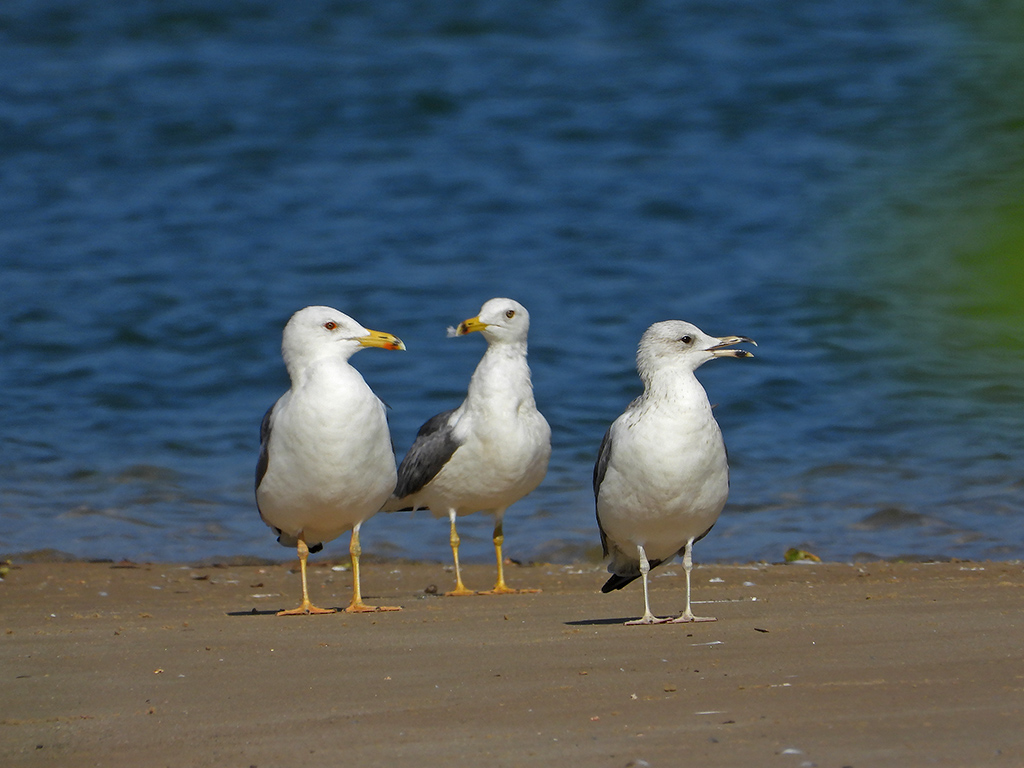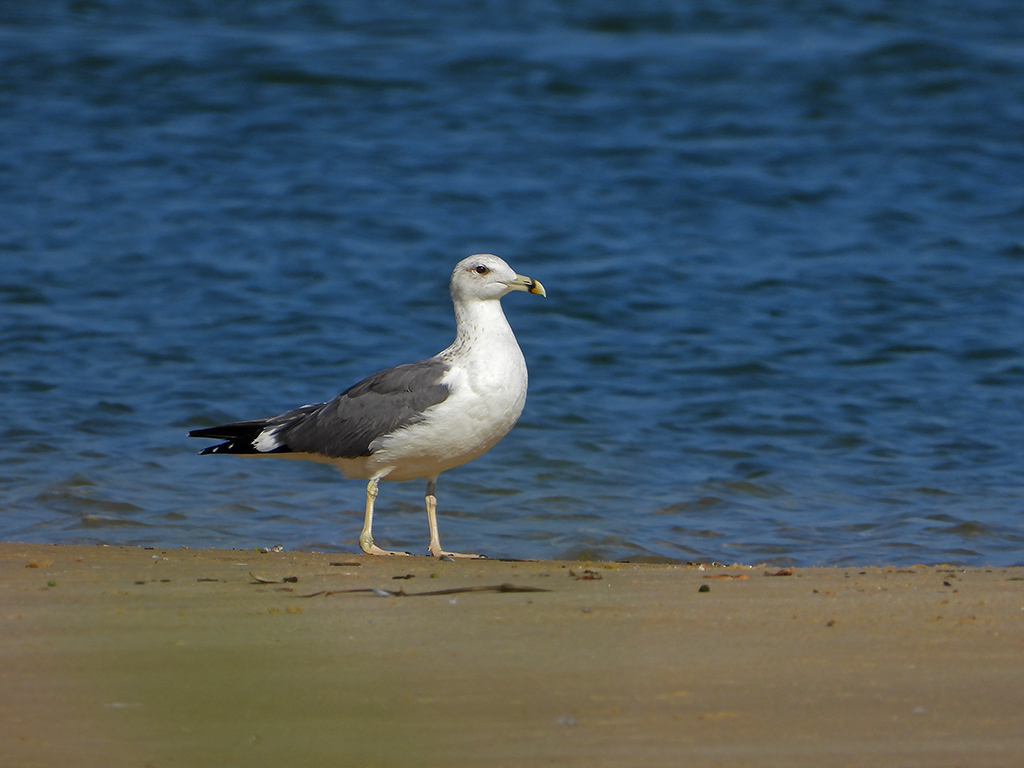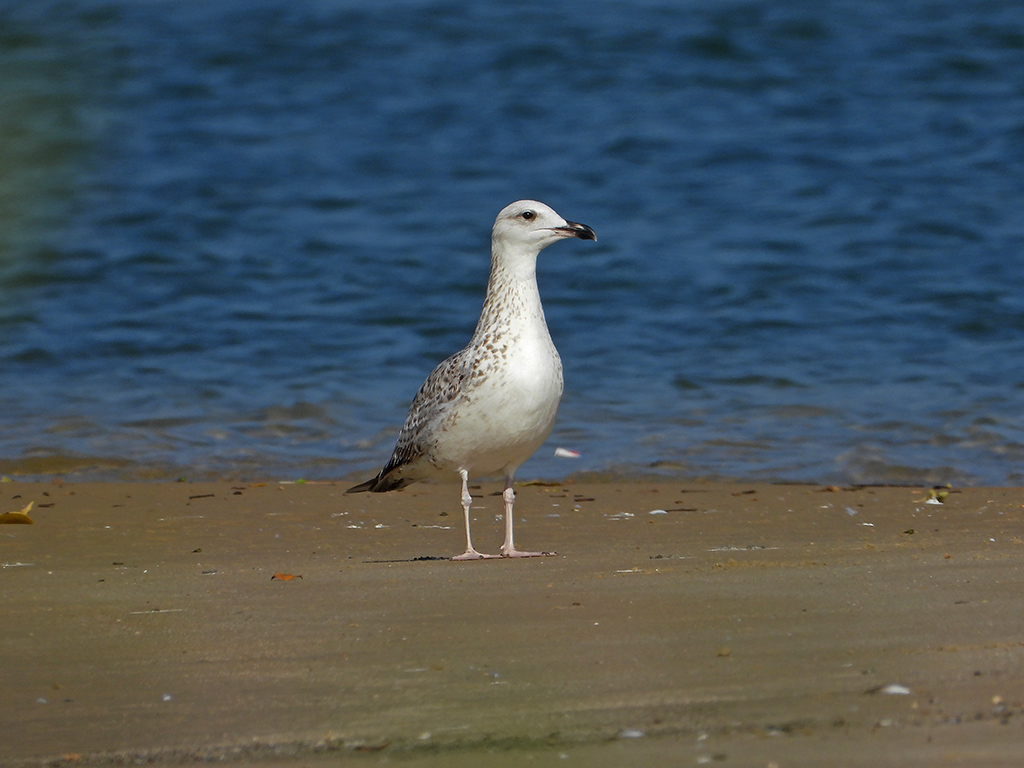| IUCN (International Union for Conservation of Nature): | Least Concern
|
|---|
| Approximate size(adult): | A large gull measuring 52–64 cm in length with a wingspan of 124–150 cm and weight between 600–1,100 g. It has a dark slate-grey back and wings, white head and underparts, and yellow legs and bill. The head often shows brown streaks in winter.
|
|---|
| Resident/ Migrate from: | Breeds across northern and western Europe, including Scandinavia, the British Isles, and the Baltic region. Populations are migratory or partially migratory depending on latitude.
|
|---|
| Migrate to: | Winters in southern Europe, the Middle East, Africa, the Arabian Peninsula, and South Asia, often along coasts, estuaries, and inland lakes.
|
|---|
| Breeding season: | Breeds from May to July, nesting in colonies on coastal cliffs, islands, and rooftops. The nest is made of vegetation and debris and usually contains 2–3 eggs.
|
|---|
| Breed in: | Found breeding mainly along coastal regions and inland lakes in temperate zones, especially in northern Europe and western Russia.
|
|---|
| Habitat: | Occupies coastal shorelines, harbors, estuaries, mudflats, and reservoirs. In winter, also frequents inland fields, garbage dumps, and fishing ports.
|
|---|
| Diet: | Omnivorous and opportunistic—feeds on fish, invertebrates, carrion, refuse, and small birds. Forages both at sea and on land, often seen scavenging or following fishing vessels.
|
|---|

















